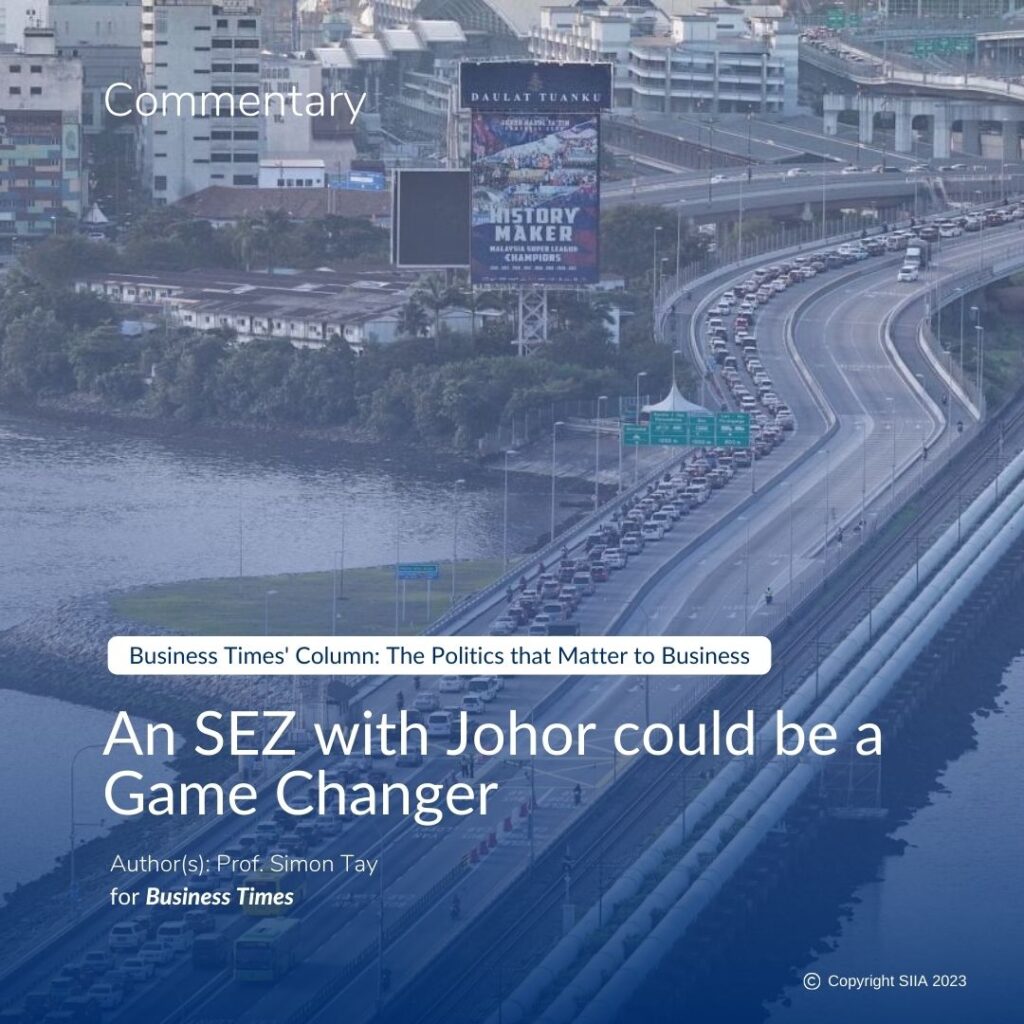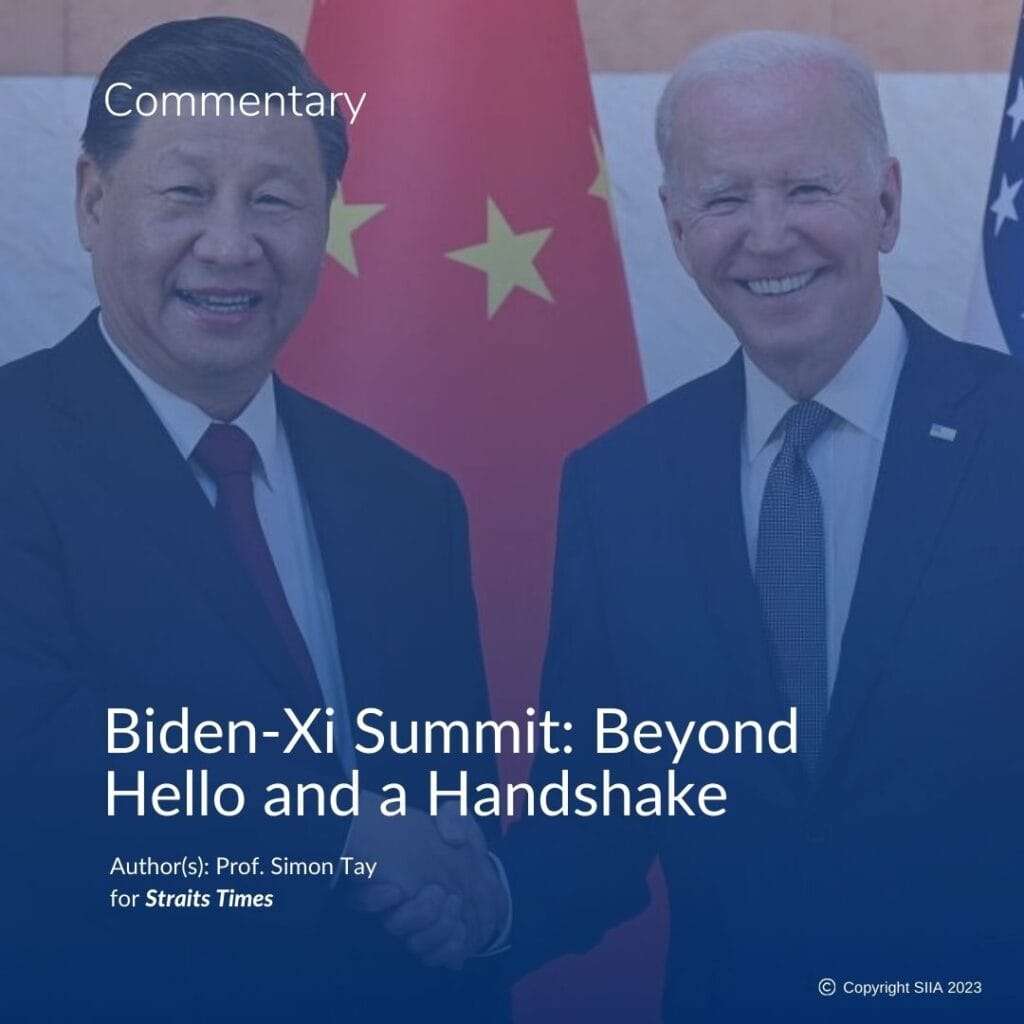Prime Minister Lee Hsien Loong’s recent National Day Rally speech was a bold statement of the Singapore Government’s commitment to address key concerns of its citizens while charting a path to continued success for the country as a player on the global stage.
While short on details, which will typically be unveiled in the following weeks and months, Mr Lee’s speech has been hailed as a landmark in his term as Prime Minister thus far, given the directions and changes it spelt out.
The bulk of the speech focused on internal issues and challenges and was informed by the year-long Our Singapore Conversation.
As such, key concerns shared by many Singaporeans, including those about housing, education and healthcare, made up the main thrust.
But Mr Lee also looked at some major initiatives aimed at ensuring Singapore’s continued leadership in key sectors, both regionally and around the world.
Inevitably, criticism has already been raised, with questions being asked if the measures will do enough to assuage the fears and doubts harboured by an increasingly disgruntled and vocal electorate.
SENDING A STRONG SIGNAL
Yet, his decision to conclude the speech with details of major infrastructure projects designed to maintain Singapore’s relevance on the global stage should be a reassuring signal to both Singaporeans and international stakeholders alike.
The evolving Singapore society and more vocal and expressive population has seen the Government having to react to and address different issues through different means compared to the early years of the country’s nationhood.
The international community, comprising foreign nations, investors and regional partners, has watched these developments with interest and, in some cases, concern.
In the absence of a wealth of natural resources, much of Singapore’s international standing stems from its strong economy and stable political environment, which has attracted investment dollars and foreigners to its shores to live and work.
The apparent shifting of the Government’s priorities to a more local context understandably gives pause to outsiders considering Singapore’s viability as an investment destination and even as a place to work in. This is especially so given the recent concerns raised by Singaporeans over the burgeoning number of foreigners who have chosen to come here.
While the fears and concerns of Singaporeans should rightfully be the focus of the Government, forces of globalisation and an ever more interconnected world mean that the impact of the external environment cannot be ignored.
Rising competition, not just from nearby rivals such as Malaysia, Indonesia and Thailand but also Asian giants like China and India, looks set to be a regular challenge.
THINKING AHEAD
Mr Lee highlighted the aviation and shipping sectors in particular as those that Singapore needs to continue to grow and develop in order to maintain a leadership position in the region and stave off competition from other capitals like Bangkok and Kuala Lumpur.
To that end, Changi Airport is being expanded and beefed up with new terminals and runways, as well as a major retail and recreation project, some of which will come on line in the 2020s.
The port district in the south of the country is also being restructured, with most of the present port infrastructure being shifted westwards to Tuas, where a new port facility with almost double the current capacity is being built and expected to be ready by the late 2020s.
This, too, is aimed at helping Singapore remain one of the leading hub ports in the world.
Besides the economic benefits of these major infrastructure moves, the unveiling of these ambitious long-term plans serves to signal to all observers that the powers that be are thinking ahead and not just fixated on the immediate issues.
BEYOND ECONOMICS
And yet, as Singapore approaches its 50th birthday as an independent state, issues other than economic growth and development also bear noting when considering what lies ahead for the next half century.
The Singapore Institute of International Affairs, the oldest independent think-tank in the country, is launching its Future 50 (F50) programme that aims to map out The 50-Year Future for Singapore in Asia and the World.
As part of the two-year programme, which will conclude before National Day in 2015, the impact of changing geopolitics, social trends and environmental issues on Singapore and the region will be examined, along with economic considerations.
In terms of geopolitical developments, Singapore’s role in the venerable institution of the Association of South-east Asian Nations (ASEAN) will be important to watch, along with the relevance of ASEAN itself and its ability to present a strong, collective voice within the resurgent Asian landscape.
With 2015 being set as a target for the creation of an ASEAN Economic Community, the relationships between the 10 member states of diverse levels of economic development will come under scrutiny in the next two years.
The ability of ASEAN to achieve economic and other forms of integration will determine its relevance and credibility in the years ahead.
‘THE SKY IS THE LIMIT’
At the same time, the recent transboundary haze that originated in Indonesia and blighted Singapore and Malaysia demonstrated how environmental challenges and crises are becoming increasingly international in nature.
Singapore’s size and location mean it is often subject to the vagaries of climate change that may or may not be caused by the actions of its neighbours.
As such, there is a need for the Government to continue working to create leverage and influence to safeguard a clean and sustainable environment for its people.
These issues will shape the next few decades for Singapore and the region. Mr Lee is probably right when he says “the sky is the limit” for the country in terms of space or possibilities, if the plans he outlined can be carried out.
This is grounded in the fact that more living spaces will be created after the consolidation of the air and sea port facilities is carried out.
But the emphasis on internal issues should not detract from some of the very real challenges that involve Singapore’s international positioning and standing.
Indeed, the process of coming together and working to keep ahead of competition could even serve to bind Singaporeans more closely as a united people.
ABOUT THE AUTHOR:
Nicholas Fang is the Executive Director of the Singapore Institute of International Affairs and the Co-Director of the institute’s F50 programme. He is also a Nominated Member of Parliament. This commentary was originally published in TODAY on 27 Aug 2013, to coincide with the official launch of the F50 programme.
Photo Credit: Ramir Borja / CC BY-SA 3.0




